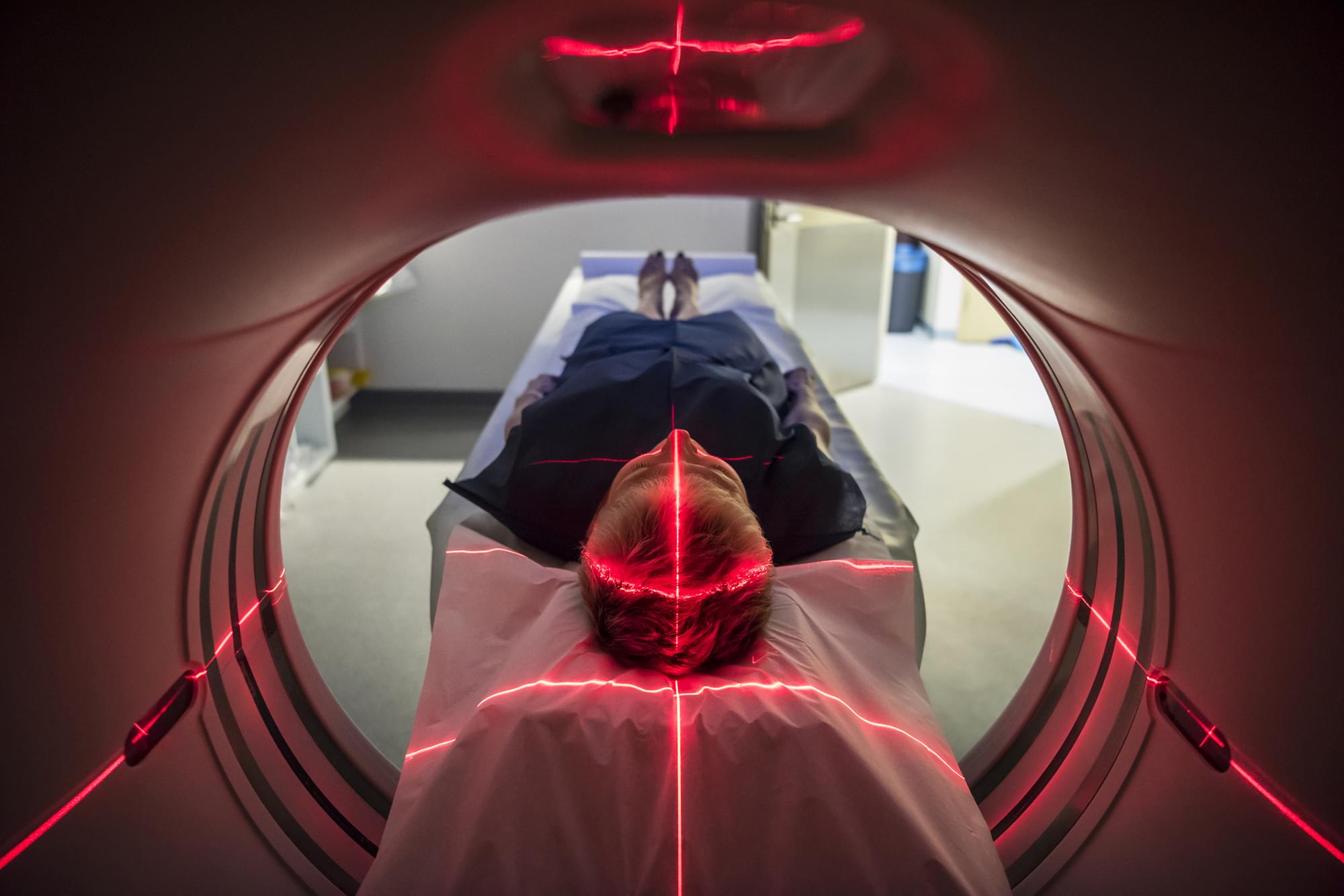The results from the study show that it is possible to use MindGlide to accurately identify and measure important brain tissues and lesions even with limited MRI data and single types of scans that aren’t usually used for this purpose—such as T2-weighted MRI without FLAIR (a type of scan that highlights fluids in the body but still contains bright signals, making it harder to see plaques). “Our results demonstrate that clinically meaningful tissue segmentation and lesion quantification are achievable even with limited MRI data and single contrasts not typically used for these tasks (e.g., T2-weighted MRI without FLAIR),” they stated. “Importantly, our findings generalized across datasets and MRI contrasts. Our training used only FLAIR and T1 images, yet the model successfully processed new contrasts (like PD and T2) from different scanners and periods encountered during external validation.”
As well as performing better at detecting changes in the brain’s outer layer, MindGlide also performed well in deeper brain areas. The findings were valid and reliable both at one point in time and over longer periods (i.e., at annual scans attended by patients). Additionally, MindGlide was able to corroborate previous high-quality research regarding which treatments were most effective. “In clinical trials, MindGlide detected treatment effects on T2-lesion accrual and cortical and deep grey matter volume loss. In routine-care data, T2-lesion volume increased with moderate-efficacy treatment but remained stable with high-efficacy treatment,” the investigators wrote in summary.
The researchers now hope that MindGlide can be used to evaluate MS treatments in real-world settings, overcoming previous limitations of relying solely on high-quality clinical trial data, which often did not capture the full diversity of people with MS.
